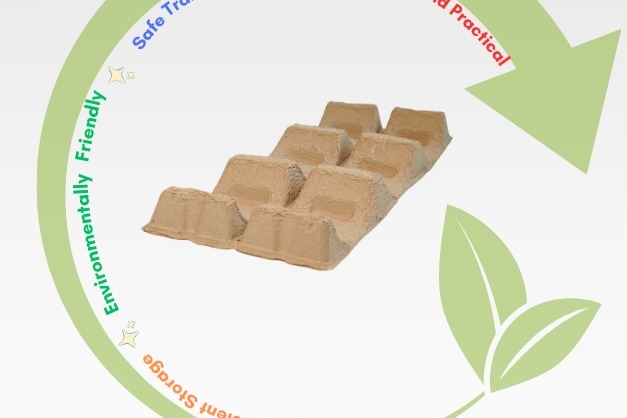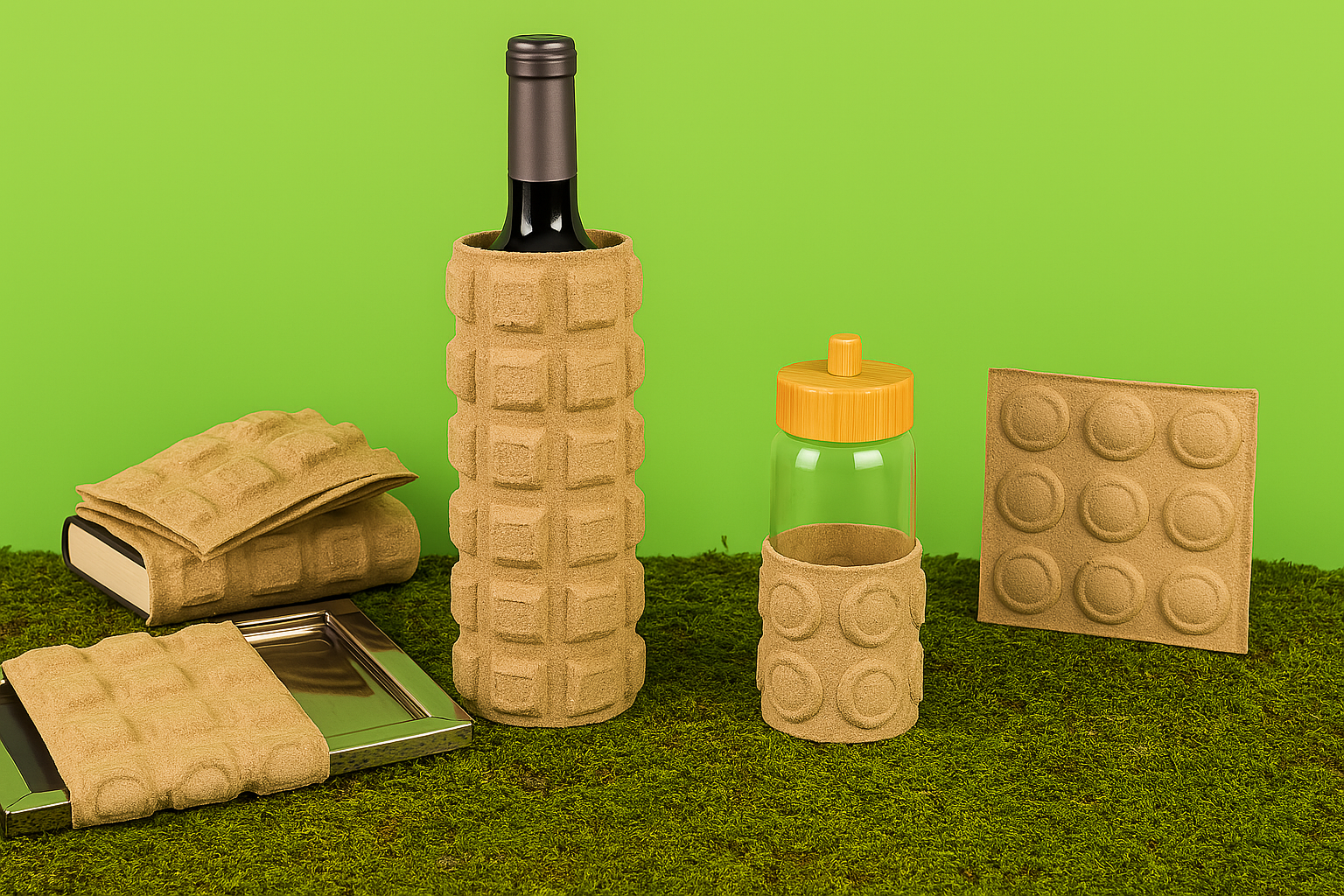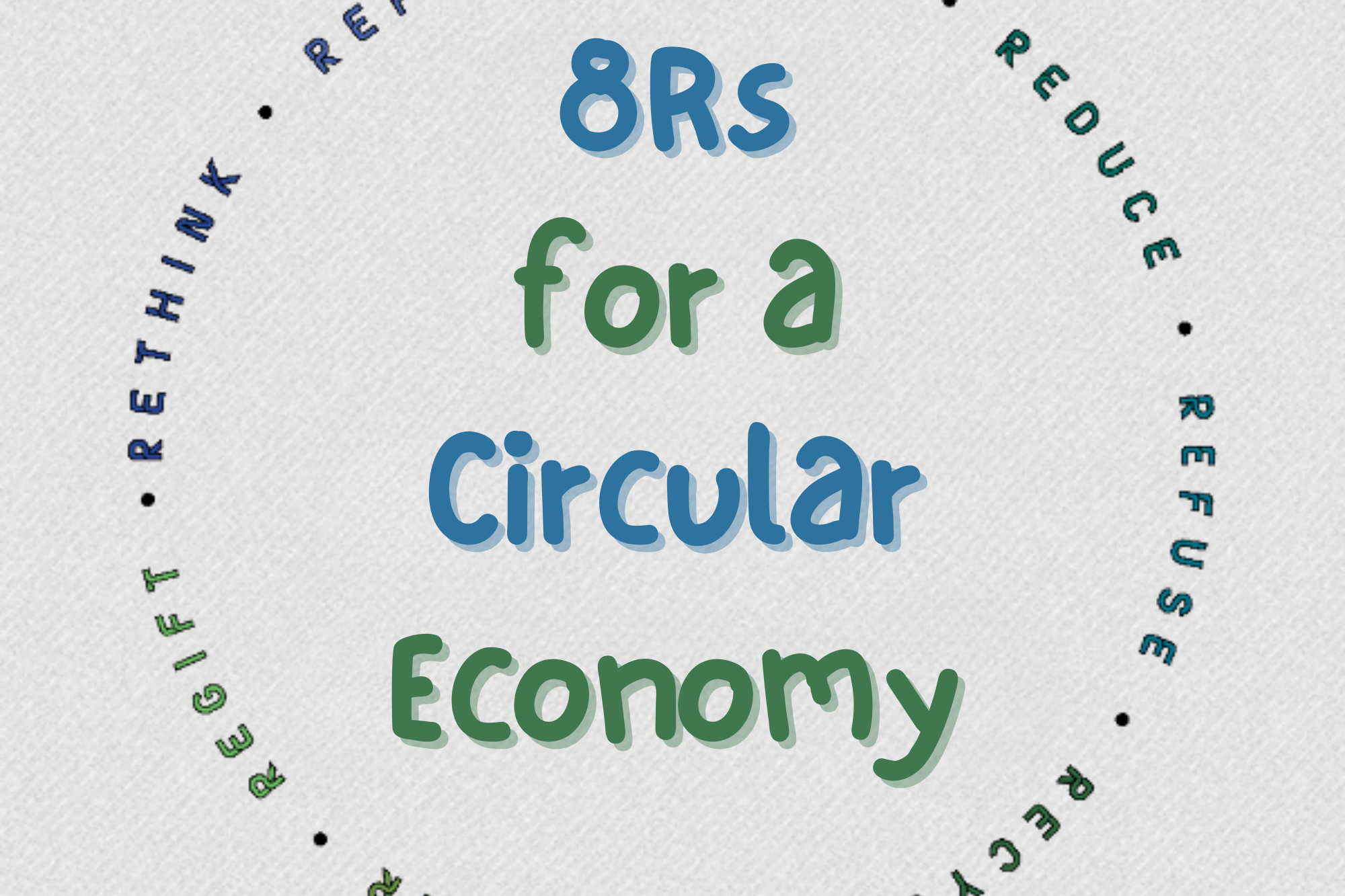Introduction
The advent of 3D printing technology has undeniably reshaped the landscape of various industries, and the molded pulp sector is no exception. While 3D printing emerged in the 80s, it gained significant prominence after 2010, driven by factors such as the 2019- 2022 pandemic, the influence of social media, increased market share, lowered production costs, and the strategic investments of forward-thinking companies.
Design Process and Prototype
In the realm of molded pulp, the journey from concept to production is critical. The product development process initiates with conceptual design, and as the design takes shape, 3D printing comes into play. This technology allows for the creation of tangible prototypes that not only validate the design economically but also offer a clearer vision of the final product before substantial investments are made in molds. The economic and ergonomic advantages of having a prototype cannot be overstated. Prototyped projects provide designers with invaluable insights into the aesthetic and industrial aspects of the product, enabling them to fine-tune the design based on realworld feedback.
Molded Pulp Packaging Production with 3D Printing
Experimentation with prototypes has become remarkably accessible with the aid of 3D printers. During the product development phase, prototypes facilitate testing mechanical properties, reducing investment risks, and ensuring that the final product meets the desired standards. For molded pulp packaging design specifically, 3D printing offers advantages such as time savings, reduced one-time investment costs, ease of use, and quick installation. The ability to conduct visual, ergonomic, and functional tests with a single prototype enhances work efficiency and streamlines the entire product design process.
3D Additive Manufacturing Technology with Printers
Mold model production, a crucial step in molding, has experienced a rapid transformation with the widespread adoption of 3D printing. The evolution of additive manufacturing technology has simplified the production of mold models, making it quicker and more cost-effective. Designers can utilize technologies such as FDM, SLA, or SLS to produce high-quality mold models with ease. 3D printing not only accelerates the mold model production process but also ensures a high surface quality and strength, meeting the stringent requirements of designers and manufacturers alike.
3D Printer Mold Production Trends for Molded Pulp
According to Joe Grygny, founder of IMFA and consultant to HP, 3D printing technology represents a groundbreaking advancement in molded fiber tooling. He highlights the case of HP’s Advanced Molded Fiber Tooling Solution, which eliminates the need for machining, drilling, or screening in the production of packaging for HP computer items. Grygny emphasizes the numerous benefits this technology brings to the molded fiber industry, including rapid response for tool design and ordering, adaptability to changing customer requirements, and increased efficiency in short production runs. The HP solution also contributes to significant reductions in tool maintenance, cleaning, screening replacement, and overall improvements in dealing with molded fiber challenges.
In conclusion, 3D printers have emerged as indispensable tools in the molded pulp industry, revolutionizing the design and production processes. As technology continues to advance, we can expect further innovations that will propel the industry towards greater efficiency, sustainability, and global competitiveness.



